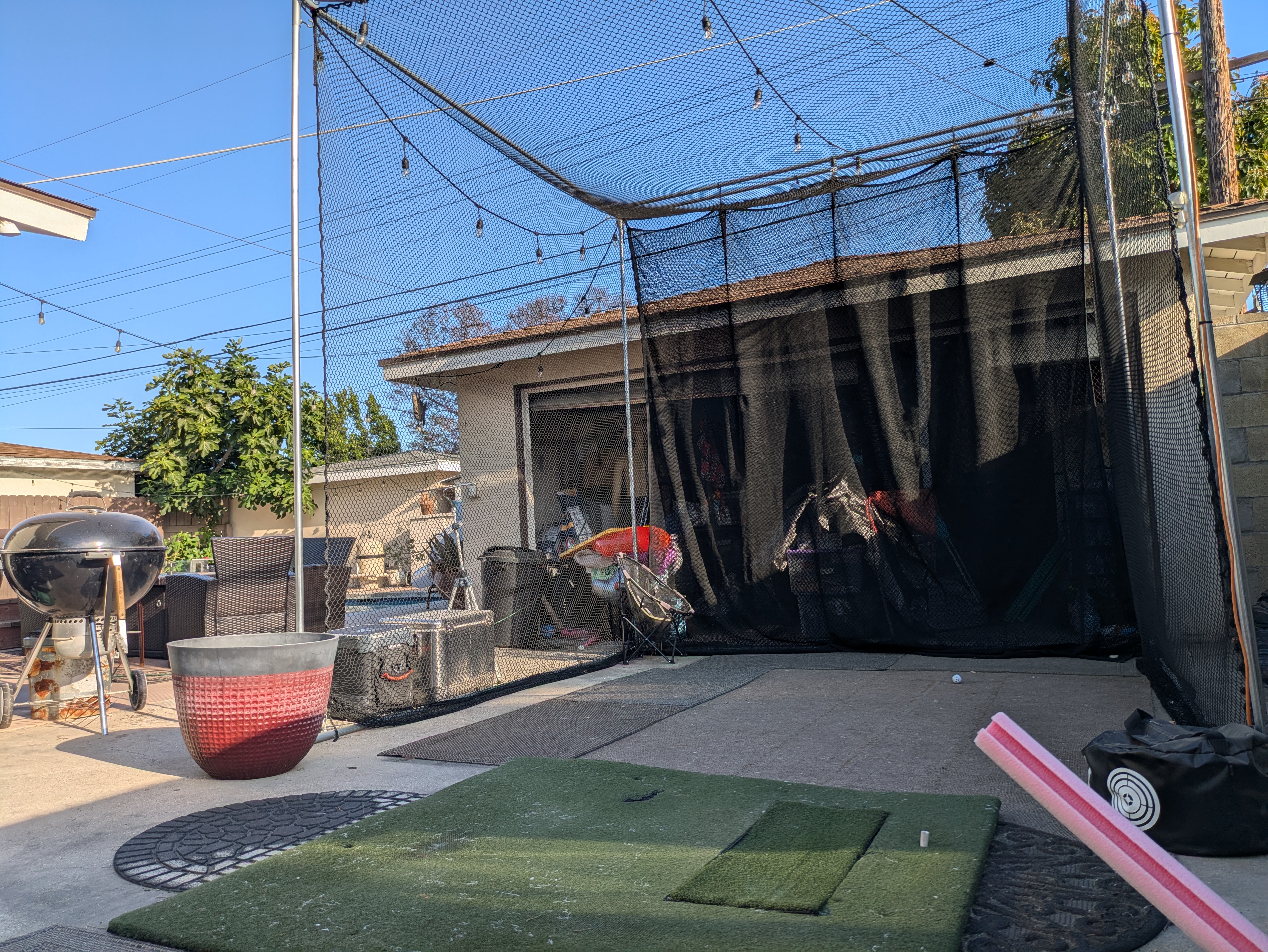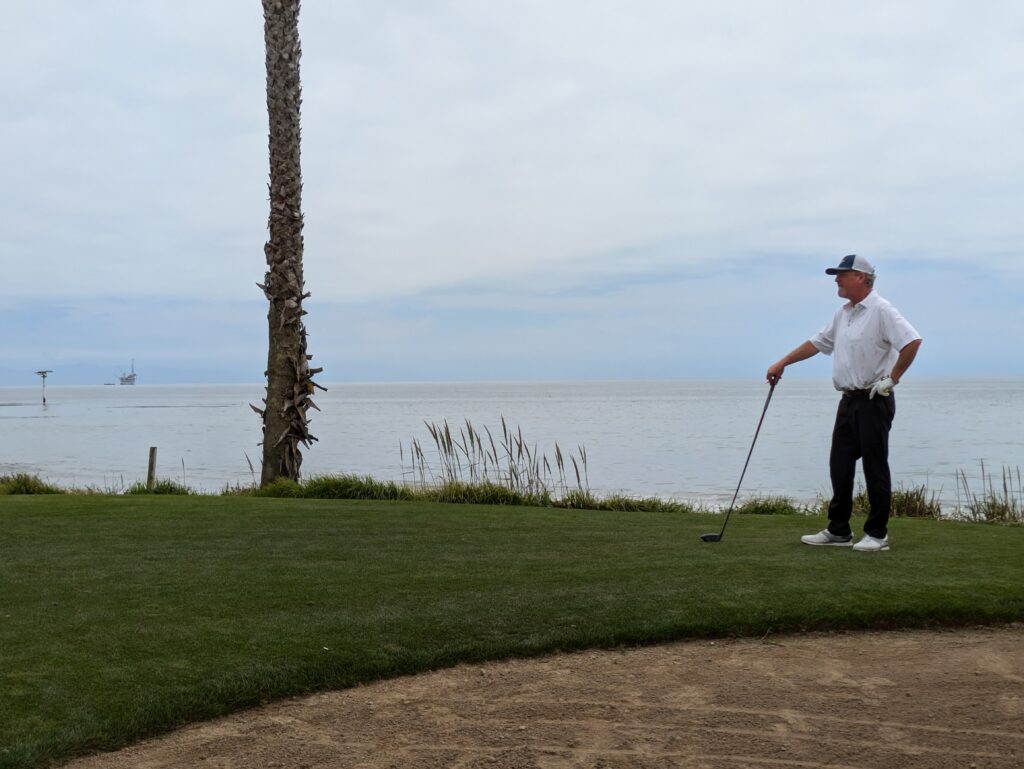Unpacking the LA Team Championship Experience
Our latest episode of the **Holy Duffer Podcast** offers an insightful recap of the LA Team Championship, as Mark and Strolan share their experiences, emotions, and takeaways. As avid golfers and devoted hosts, their reflections extend beyond the scorecard to touch upon the deeper aspects of the game. This blog post dives deeper into the topics they discussed in the episode, elaborating on heads up putting, tournament golf, and the lessons learned from playing at such events.
Reflections on Tournament Golf
Participating in a tournament is a rigorous test of skill, mental fortitude, and strategy. Both Mark and Strolan reflect on how playing in this tournament deepened their understanding of the game. Mark shares that his first US Am Tour Event was eye-opening, revealing areas in his game that need improvement which might not be as apparent in casual rounds.
Additionally, the hosts emphasize the importance of adhering to golf rules and accurately submitting scores. This practice not only ensures fair play but also provides a true evaluation of one’s skill level. Accurate scoring and rule-following are foundational principles that uphold the integrity of the sport. Tournament play brings these principles to the forefront, reminding golfers of the balanced blend of honor and competition that golf embodies.
Navigating Nervousness and First Tee Jitters
Stepping onto the first tee in a tournament setting can be a nerve-wracking experience, even for seasoned golfers. Both Mark and Strolan candidly discuss the nervousness and tension they felt at the beginning of the game. Strolan humorously recounts his relief and satisfaction after hitting a decent shot off the first tee, highlighting how overcoming initial jitters can set a positive tone for the rest of the round.
Unfamiliar greens posed an additional challenge, particularly in reading the speed and grain of the putting surfaces. Mark introduces the concept of heads up putting as a solution, and both hosts reflect on the difficulties and learning experiences that come with adapting to new course conditions.
Iron Play Insights and Improvements
Strolan shares his frustration with his iron play during the tournament and his commitment to honing that aspect of his game. He humorously mentions practicing in his backyard with a new hitting mat, showcasing his dedication to improvement.
This section of the podcast underscores the importance of continuous practice and the willingness to work on weaknesses. Golf, much like life, requires a persistent effort to grow and refine one’s skills.
Enjoying the Journey
Despite the ups and downs, Mark and Strolan agree that the camaraderie and positive feedback from playing partners enriched the experience. Focusing on the enjoyment of the game rather than the score is a theme that resonated throughout their conversation. This mindset enhances the overall experience, allowing golfers to appreciate the sport’s nuances and the friendships forged on the course.
The hosts also highlight the fantastic condition of the Porter Valley Country Club, which had recently undergone a million-dollar renovation. The course’s excellent shape, coupled with a well-organized event that included a delicious lunch at the turn, made for a memorable championship experience.
Looking Ahead
As the episode concludes, Mark and Strolan discuss their future plans and encourage listeners to follow and support them on social media. They hint at an upcoming golf trip, promising more adventures and insights in future episodes.
In summary, this episode of the **Holy Duffer Podcast** offers a rich blend of technical tips, personal reflections, and humorous anecdotes. Whether you’re a seasoned golfer or a casual fan, Mark and Strolan’s recaps and insights provide valuable lessons and plenty of laughs. Tune in to enjoy their banter and deepen your appreciation for the game of golf.








